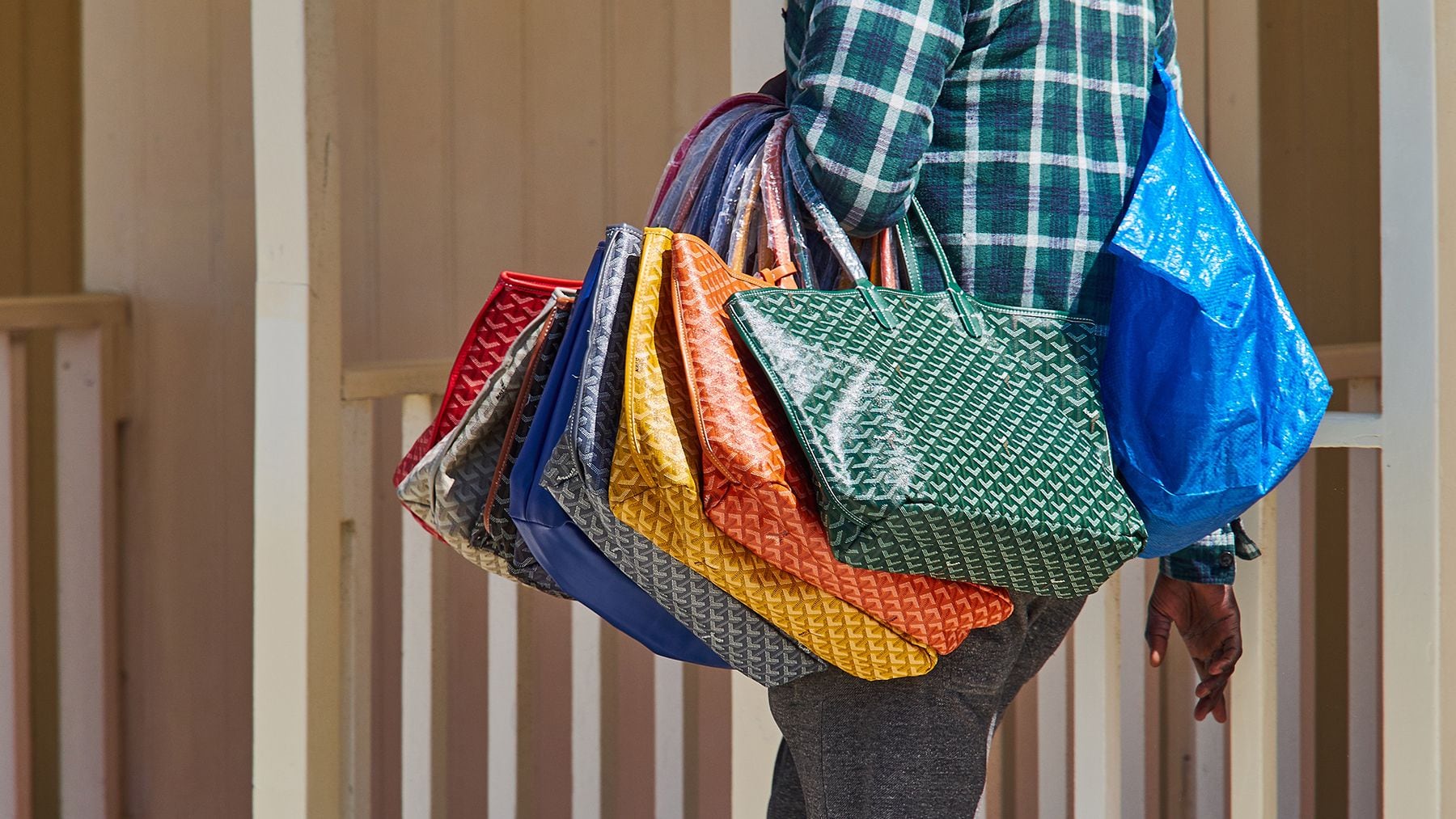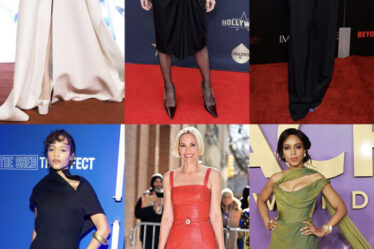
High-end brands should “lean in” and embrace the #dupe subculture that feeds off recommending duplicates or cheaper alternatives to luxury products, social media experts have advised.
Dupes, knockoffs and brand imitators are not new: the first wave of beauty YouTubers were highlighting cheaper products as far back as 2010. But in the past, buying imitation goods was mostly done with the aim of passing the item off as the real thing.
The difference now is that buying #dupe is no longer the same as duping or being duped. With the rapid rise of shareable short-form video platforms, counterfeit has gone cool, with Gen-Z openly finding and flaunting their dupes.
“The rise of dupe culture speaks to a generational shift in consumption of goods and media,” said Jennifer Baker, the growth marketing leader at Grin, a creator management platform.
“Previous generations may have shopped for knockoffs on the sly, but Gen-Z has not only normalised buying knockoffs or generic products but has grown the #dupe movement into one of the most searched terms on social media.”
The change is so profound that research shows that even when Gen-Z or Millennials can afford to buy a genuine designer item, many still opt for a dupe instead: nearly one-third of US adults said they intentionally bought a dupe of a premium or luxury product, with at least 11 percent of UK consumers buying one dupe product at least once every few months.
Half say they buy dupes for the savings, while 17 percent say even if they could afford the genuine article, dupes are a great alternative.
Insiders say dupe culture looks likely to become a permanent part of young shoppers’ habits, with “dupe discourse” permeating every online medium, from YouTube and Instagram to digital magazine listicles and blogs.
Most consistently tagged are items appealing to younger women – the internet’s heaviest users – including clothing brands Lululemon leggings, Skims shapewear, Bottega Veneta, Ugg, Charlotte Tilbury foundation, Adidas Sambas, Dior, Olaplex and Dyson.
So popular is the trend that TikTok videos with the #dupe hashtag have racked up nearly 6bn views to date. Playful variations of the phrase, such as #doop or #doupe, account for hundreds of millions more: type “I found the perfect dupe” into TikTok and watch the hundreds of thousands of videos pop up.
What constitutes a dupe varies from genuine counterfeits to advice on how to find cheaper versions of high-end products. In some cases, dupes are openly produced by retailers looking to undercut rivals — discount supermarket chains Aldi and Lidl are well known for their imitations of private-label products.
Stevie Johnson, the managing director of influencer marketing agency Disrupt, warned of a problem when bigger brands start duping smaller, independent ones. “But as long as the legal implications are adhered to, I don’t see too many dupe downsides,” he said.
Dupes are sometimes created by third-party manufacturers and sold on online platforms such as Amazon. These products can be openly marketed as dupes – but in other cases, influencers find them and highlight them on their platforms as being the “perfect dupe”.
Influencers fall into different camps too: from those who work for brands and creators in a paid capacity — who must use the hashtag #ad in a prominent position — and those for whom recommending dupes is an unpaid part of their online identity.
For Gen-Z, say experts, dupe discourse is less about curating authentic designer goods and more about consuming authentic social content to achieve the same look for less.
But since dupe products are often created by unknown brands, creator recommendations are more important than ever to determine the difference between an affordable substitute and a cheap gimmick.
This is why, said a consumer communications lead at TikTok, a good dupe recommendation can make a TikToker an overnight sensation.
“If a creator or influencer finds a cheaper product that everyone else wants to buy, they can become stratospheric overnight,” they said.
But wherever the dupe comes from, experts say companies should see it as an opportunity to strengthen their brand and freshen up their cultural relevance.
“Brands don’t need to worry about their reputation being damaged because it’s all so much in the open,” said Sophie Hardie, the client director at influencer marketing firm the Goat Agency.
“Instead of fighting dupes, high-end brands should use the dupe to light-heartedly engage with popular culture. They should engage with it directly — and authentically — to bring new people in and show a confidence in the power of their brand,” she added.
Johnson agreed, advising bigger brands to become more playful. “Brands are going to have to start playing with this a little bit more,” he said. “If they do, they can attract new customers that might not have initially come to them without the attention raised by the dupe.”
Ellyn Briggs, a brands analyst for the US tech research group Morning Consult, carried out research that found getting duped even had its benefits for the “dupee,” with approximately two-thirds of US adults saying they associate positive words such as “fashionable,” “trendy” and “elite” with often-duped brands.
“This means that the widely known presence of a dupe is effectively a consumer stamp of approval that companies should feel empowered to lean into — especially considering a wide majority of US adults view duping as a minor problem, if one at all,” said Briggs.
Last year, the sports clothing company Lululemon did just this. The luxury, $50 billion company struck a marketing blinder by offering fans in Los Angeles who had bought a Lululemon dupe of its popular $98 Align tights the chance to exchange it in-store for the real thing.
Its “dupe swap” came after a post by the TikTok user Ariana Vitale about Lululemon dupes that got more than 955,000 views — leading to the generic hashtag #lululemondupes getting more than 150 million hits.
“It felt like a very fun way to step into a cultural conversation,” said the Lululemon chief brand officer, Nikki Neuburger. “Part of why we had total confidence doing that is because we really do know our products are the best; and if you try them, we felt folks would have that sensory ‘Aha’ moment.”
The gamble worked: according to Lululemon, 50 percent of the more than 1,000 people who came to the swap were new customers — and half were under 30. The response far exceeded Neuburger’s expectations: her team is now considering expanding the swap idea to more events in other markets.
Olaplex is another luxury brand that has leaned fully into dupe discourse, generating millions of views and online conversations in just a few weeks.
Olaplex rolled out its newest haircare product last September — and, at the same time, sponsored TikTok influencers to hail a Olaplex dupe under the name Oladupé.
When the influencers’ link was clicked, however, people were taken to the official Olaplex page and told there was no dupe because nothing can be as good as the real deal.
By Amelia Hill
Learn more:
Copycat products have shaken up the beauty industry as young consumers eat up inexpensive alternatives hawked on TikTok.


